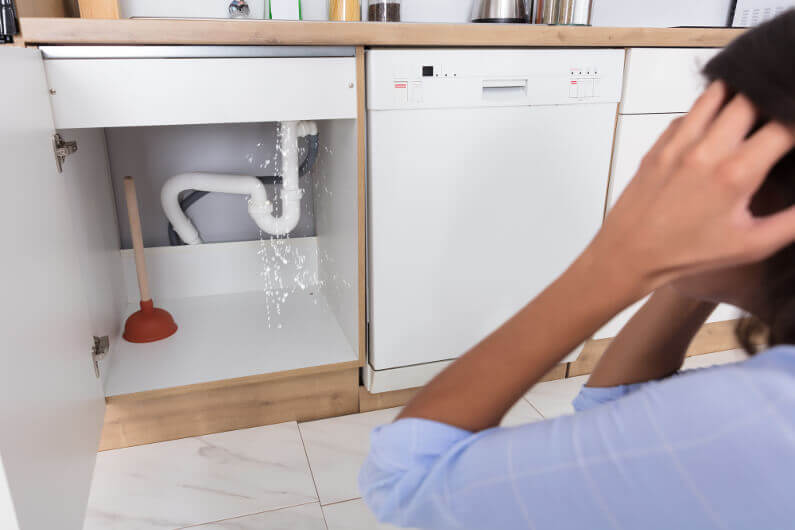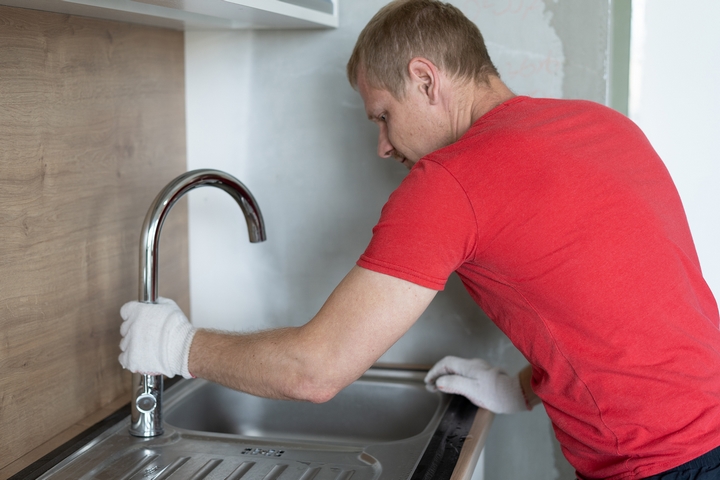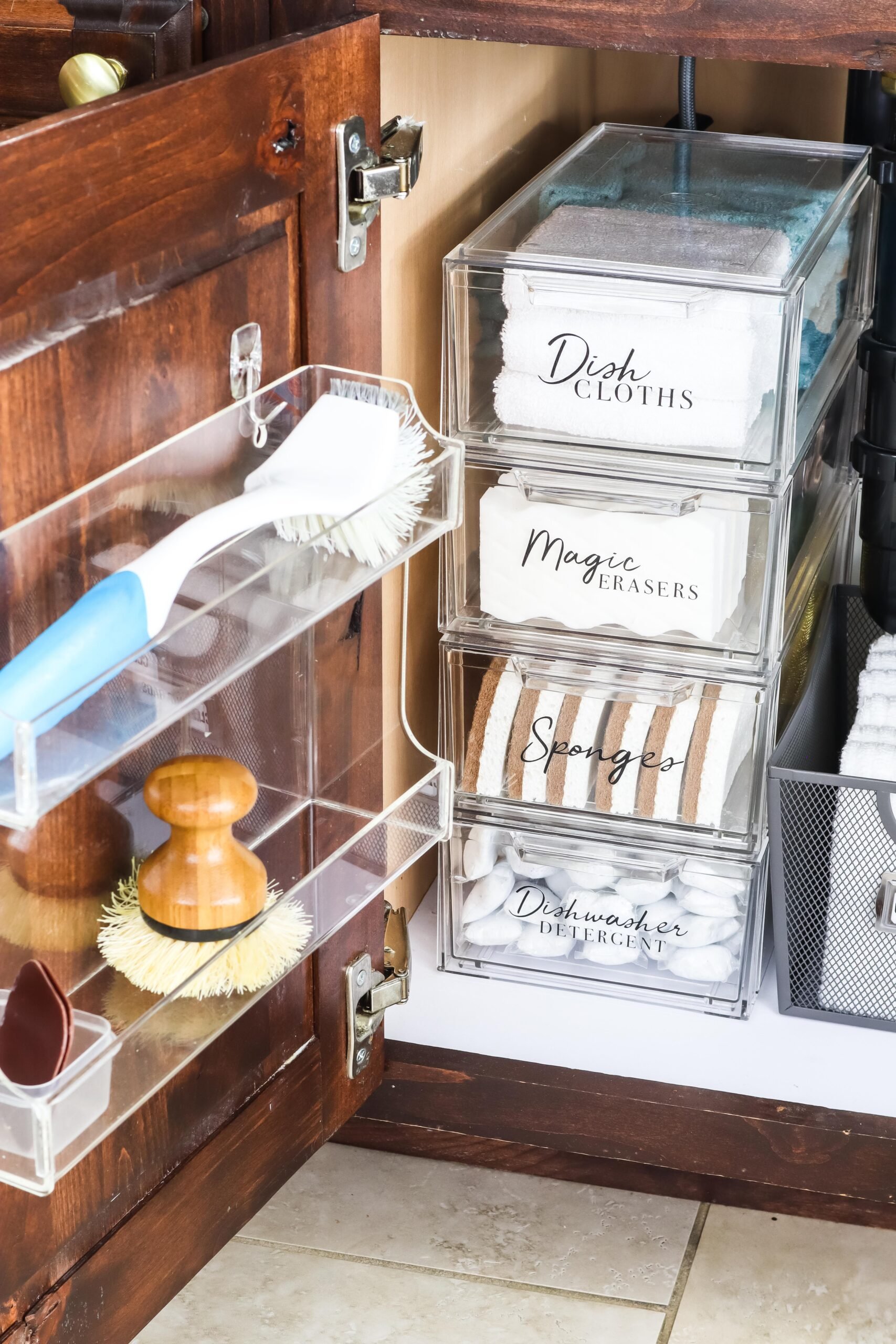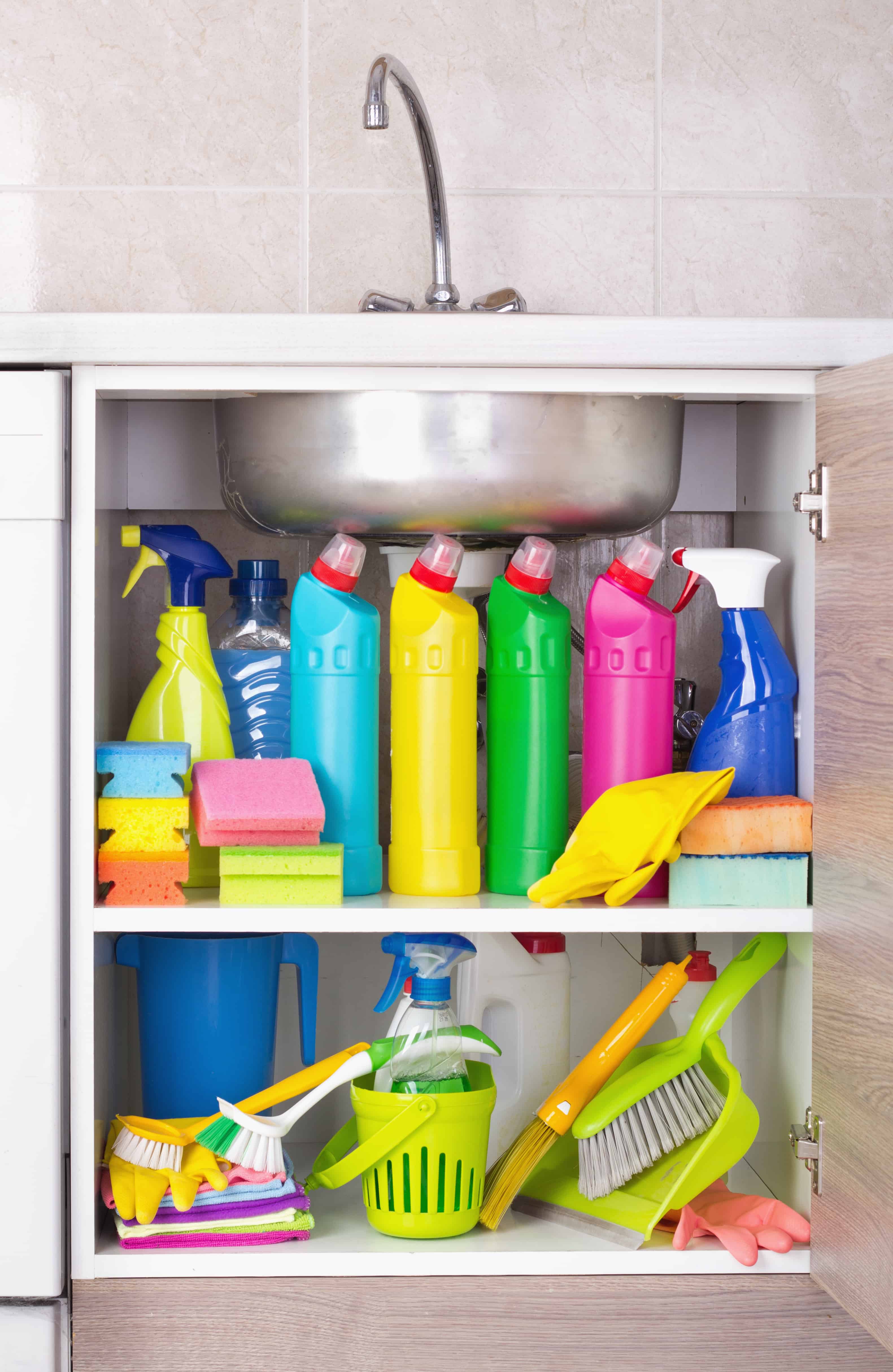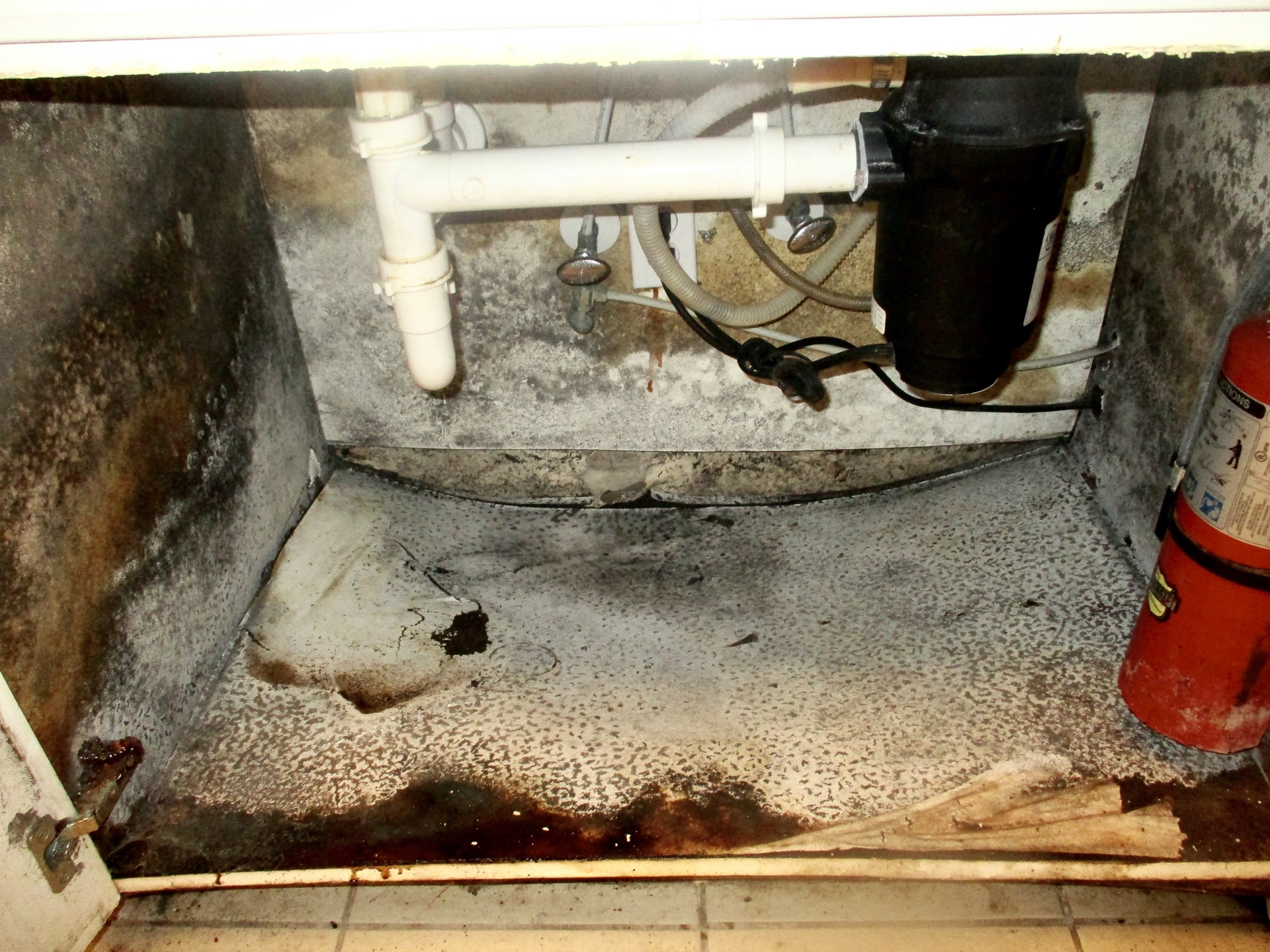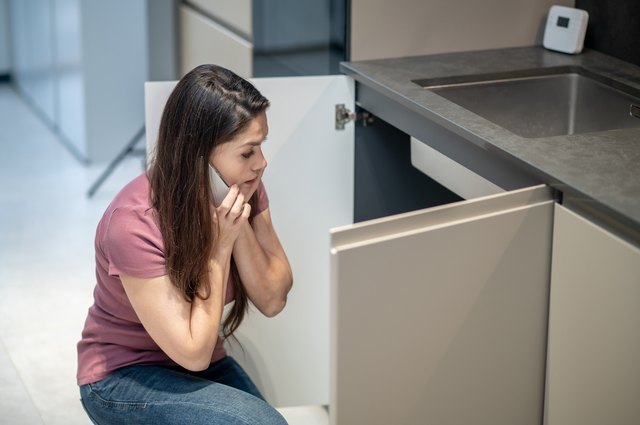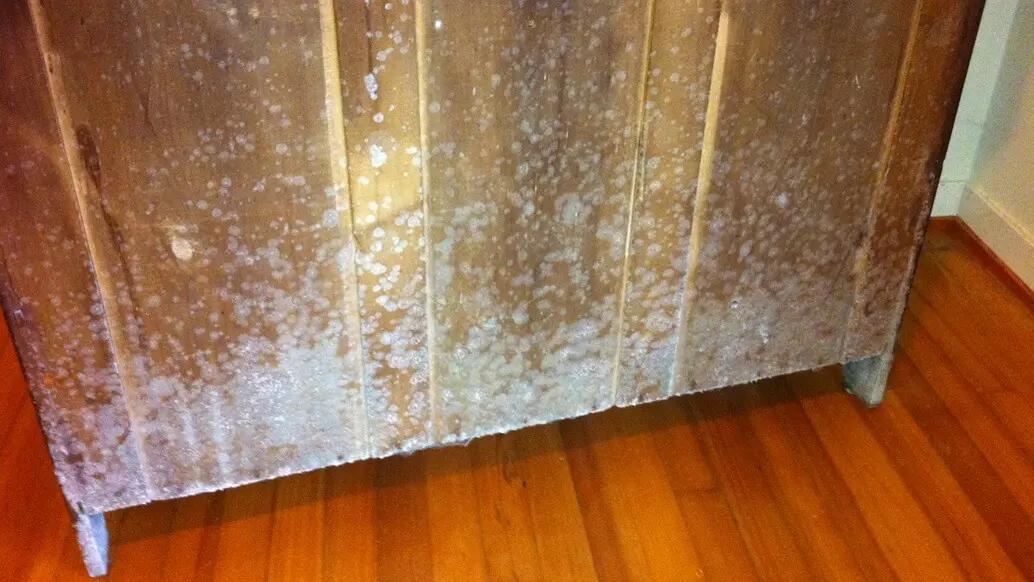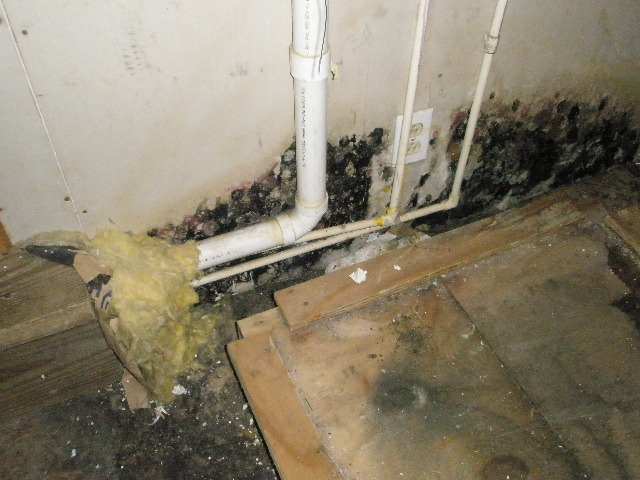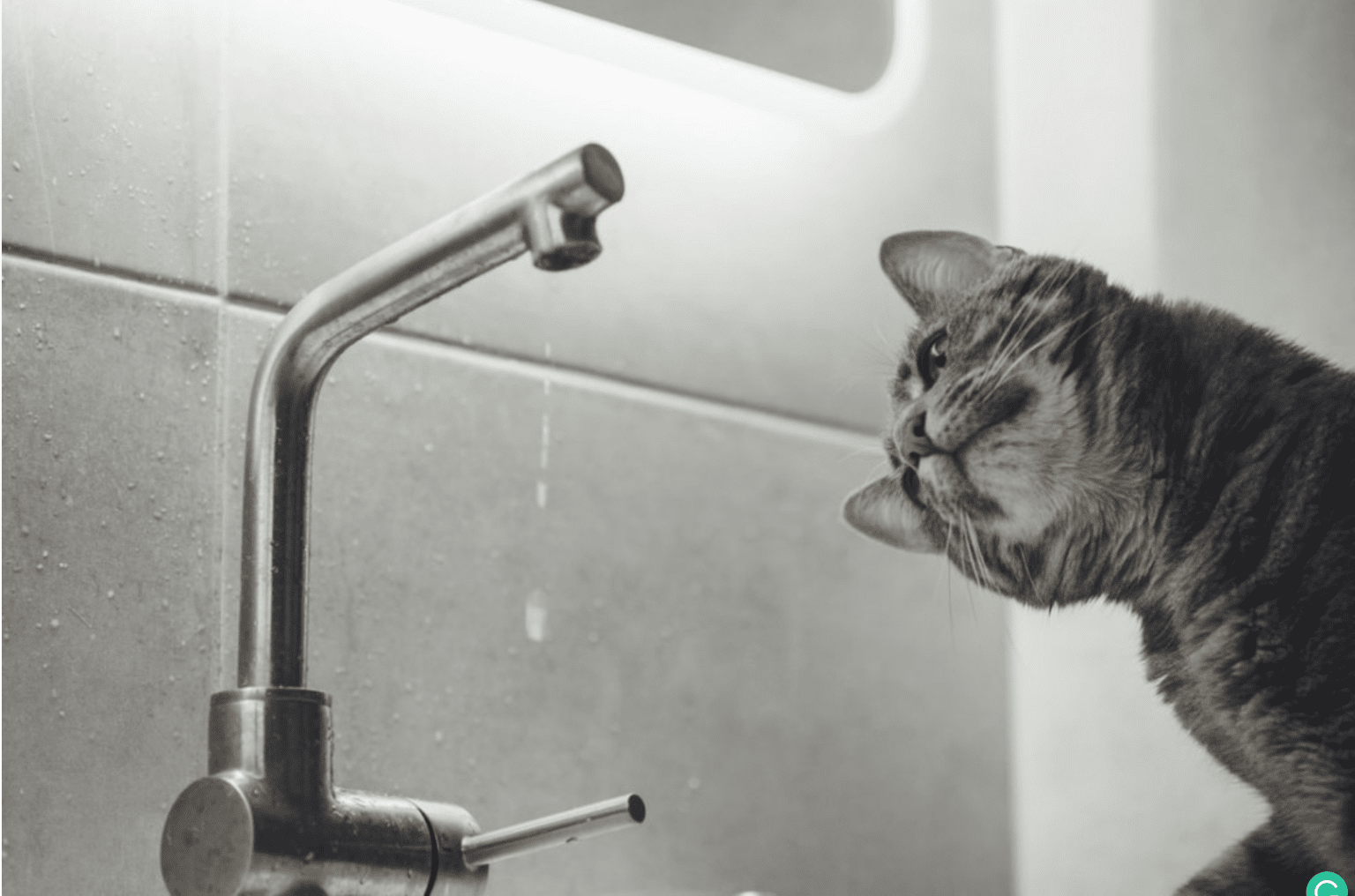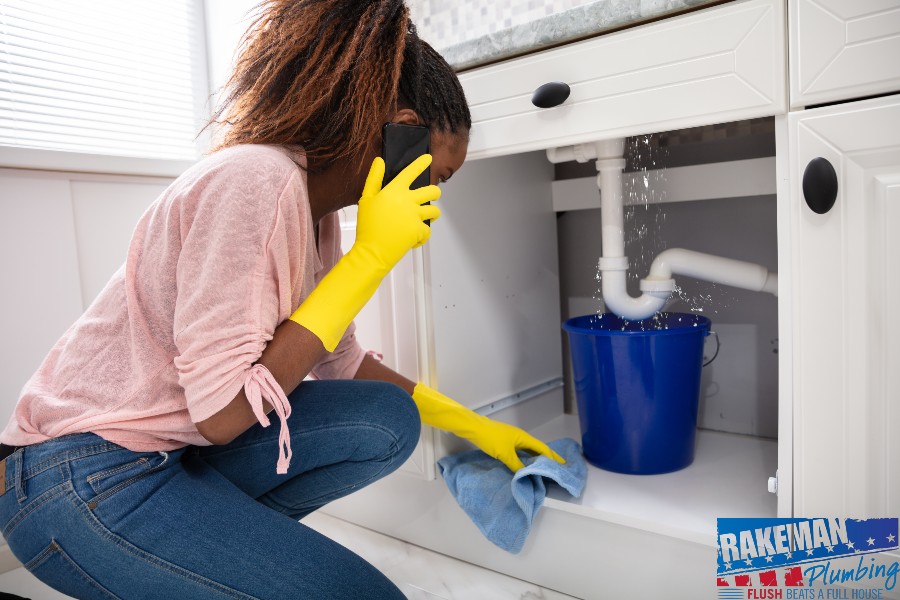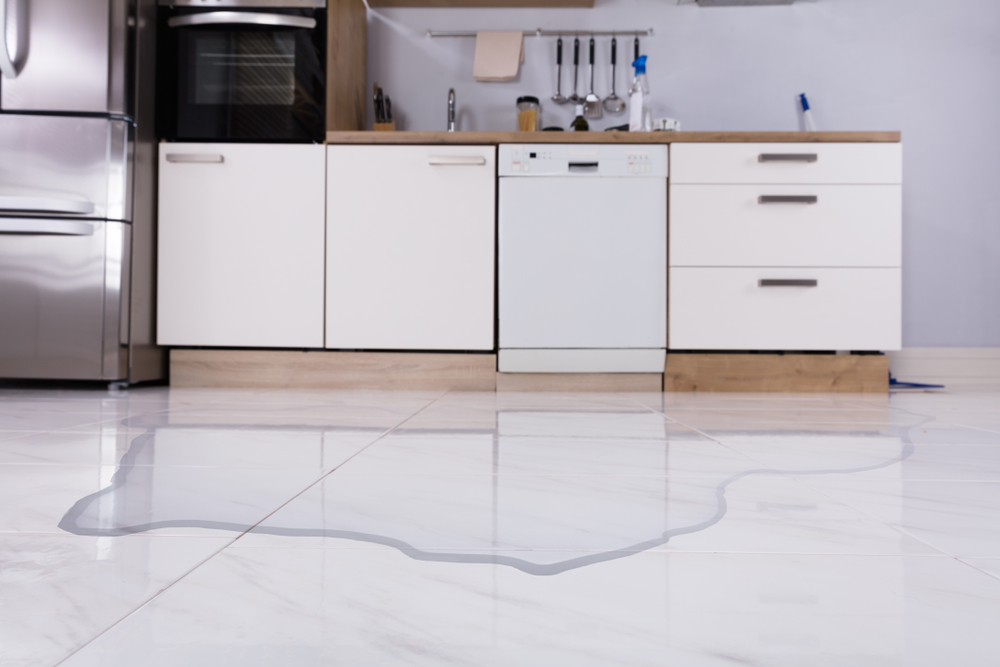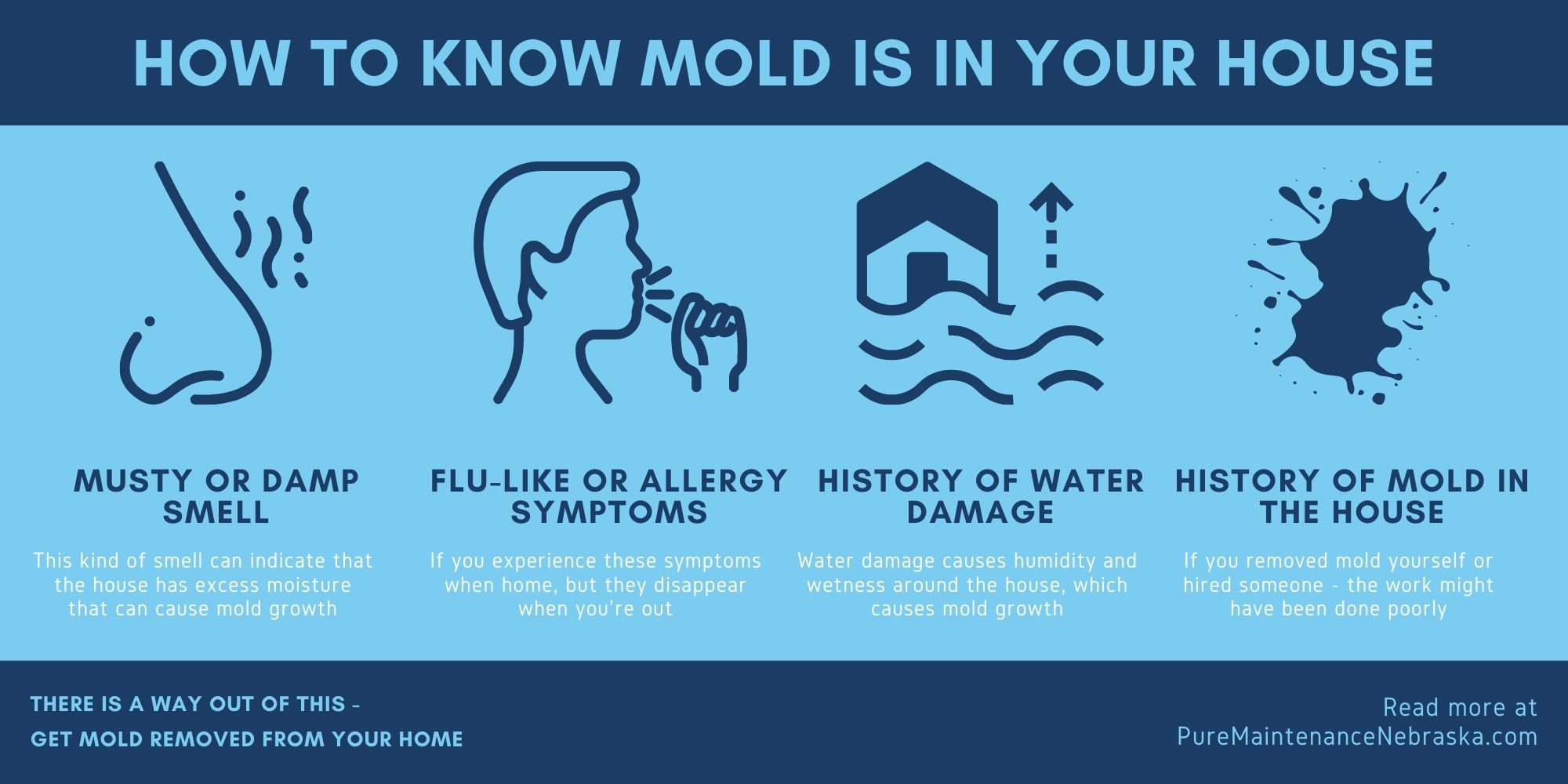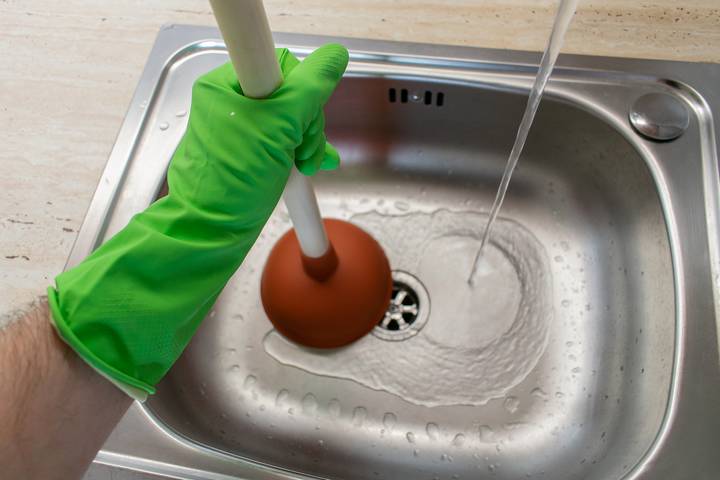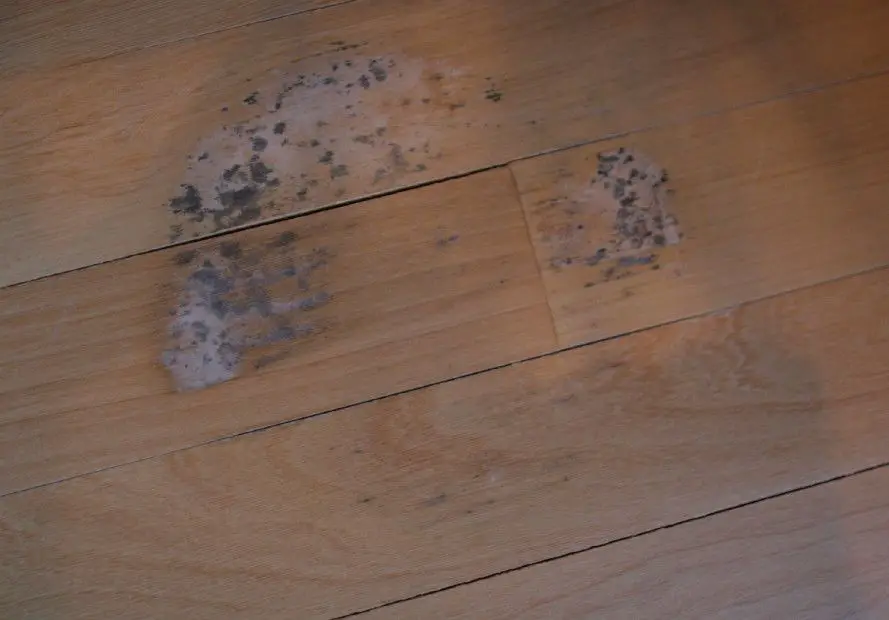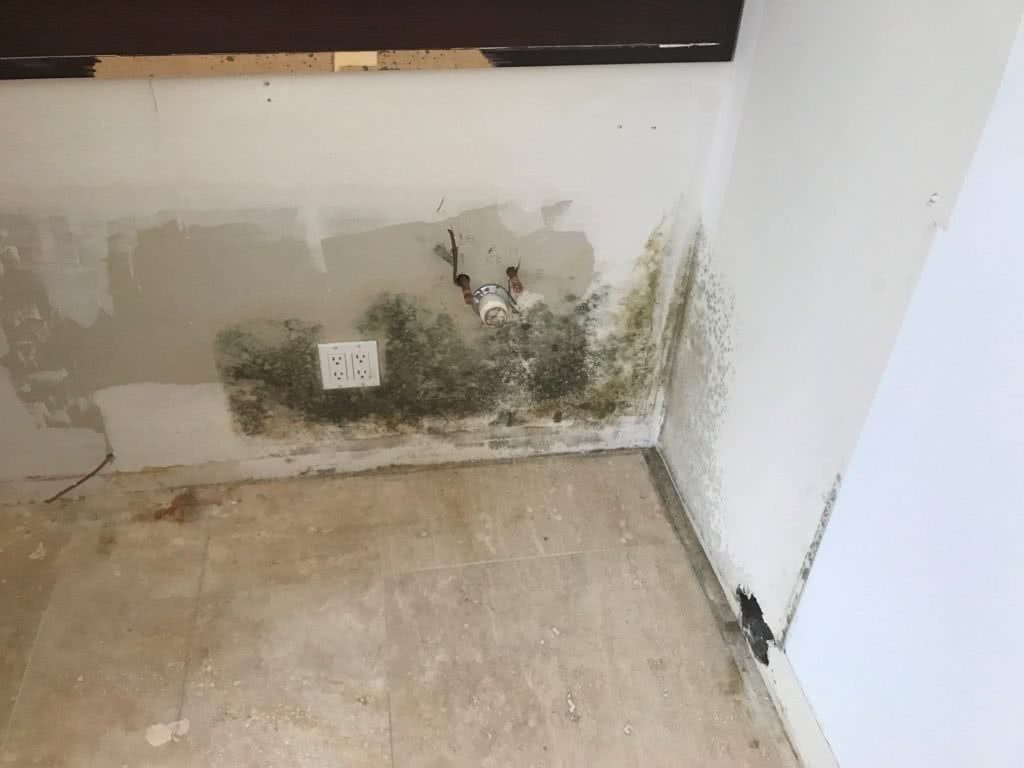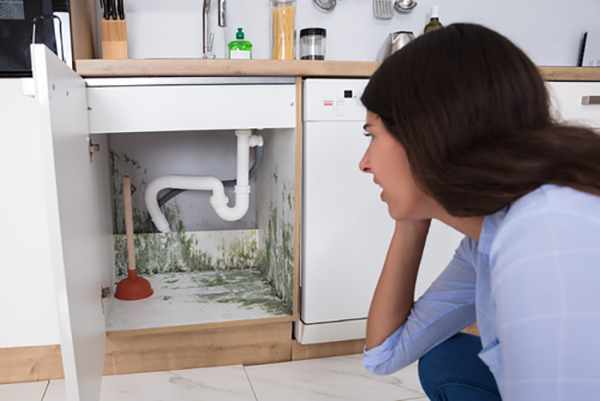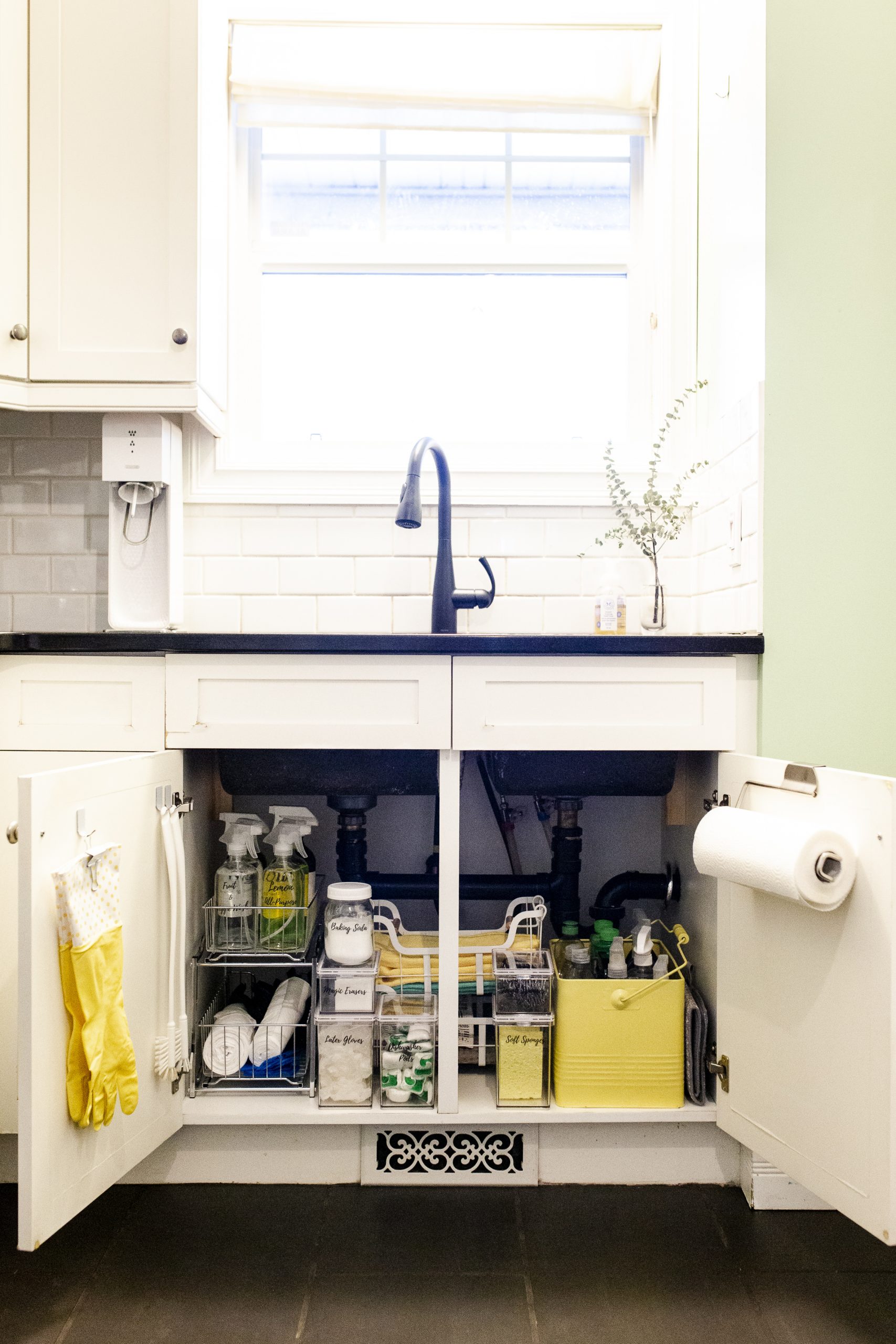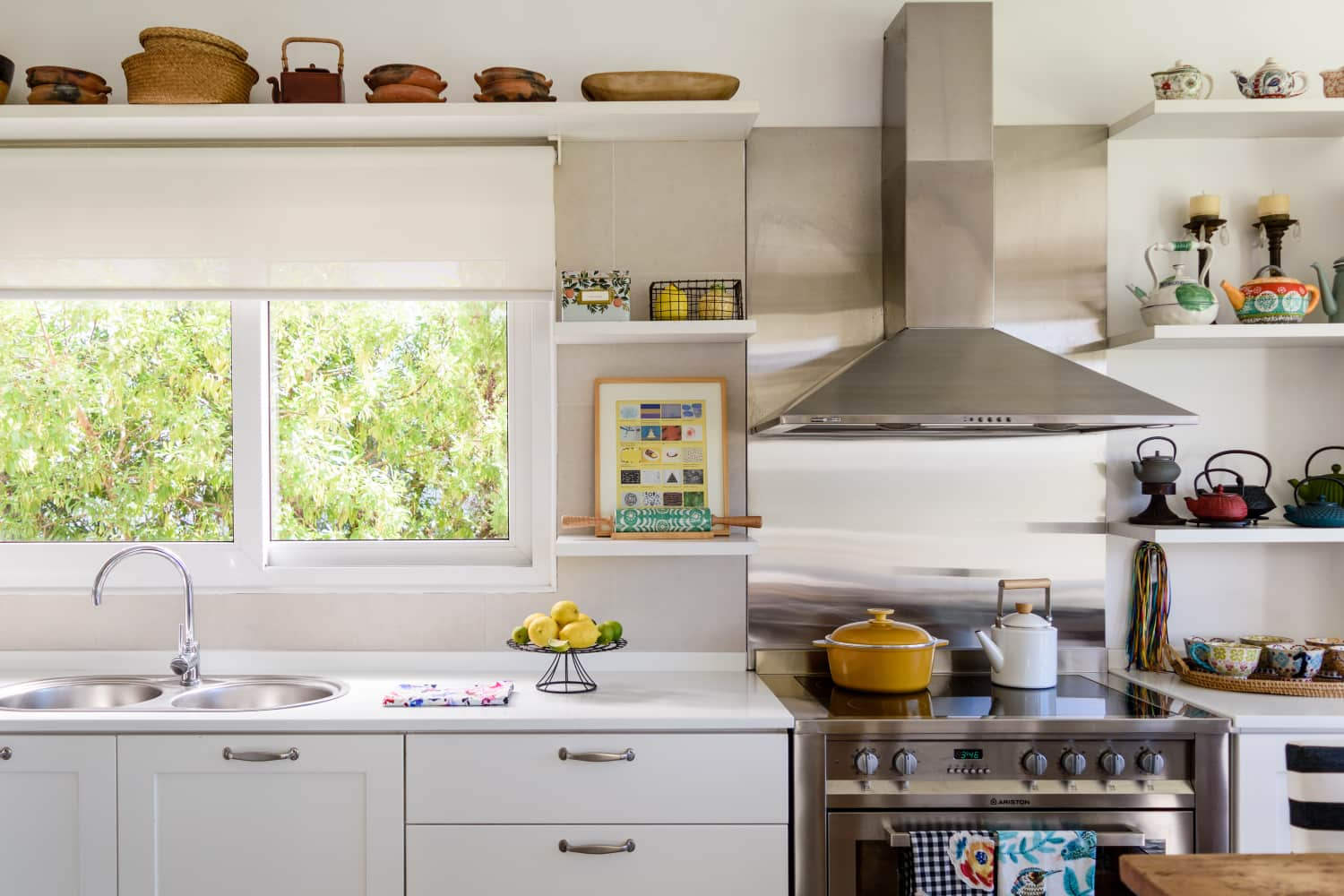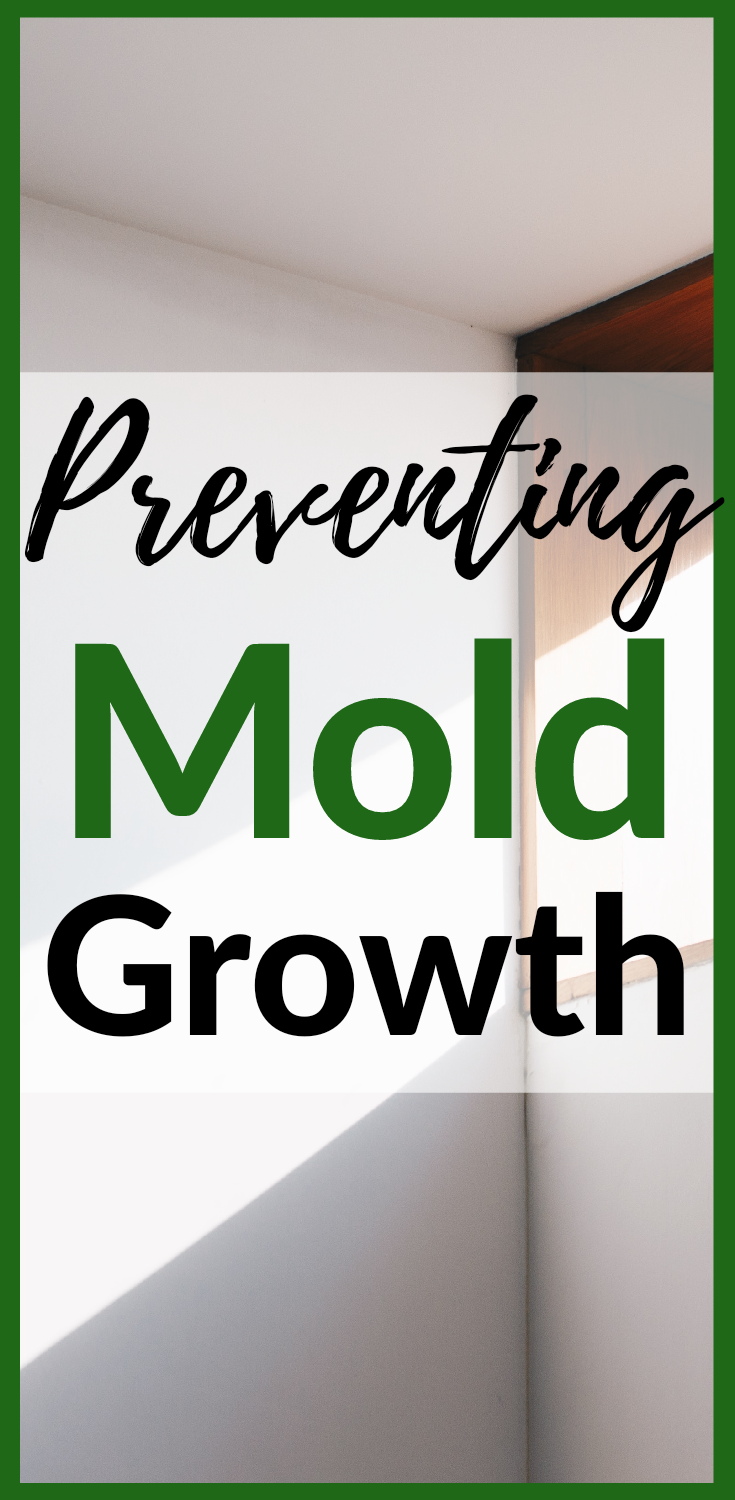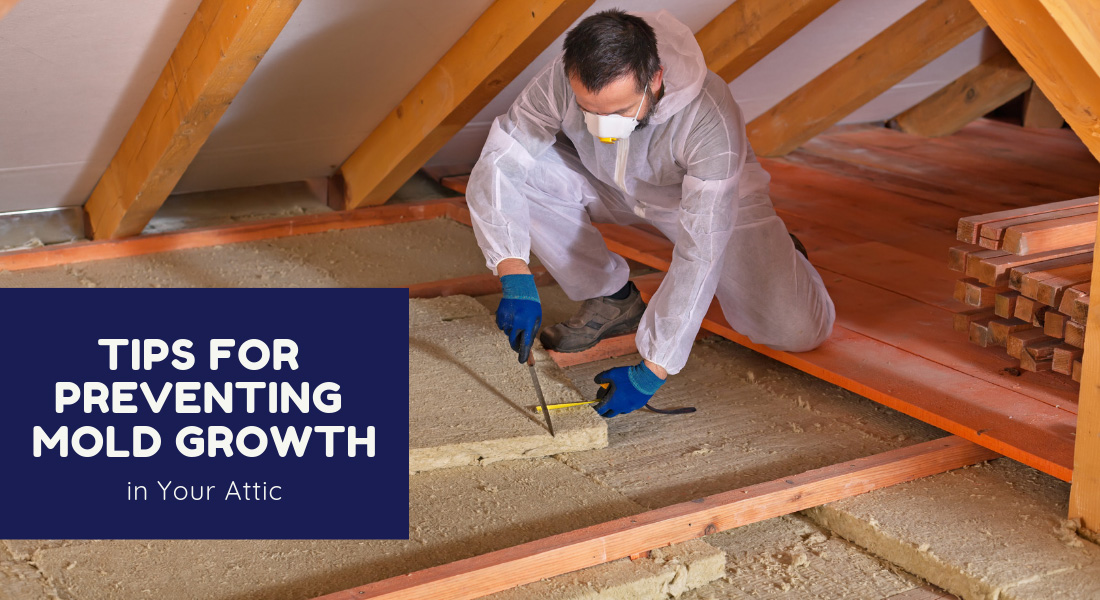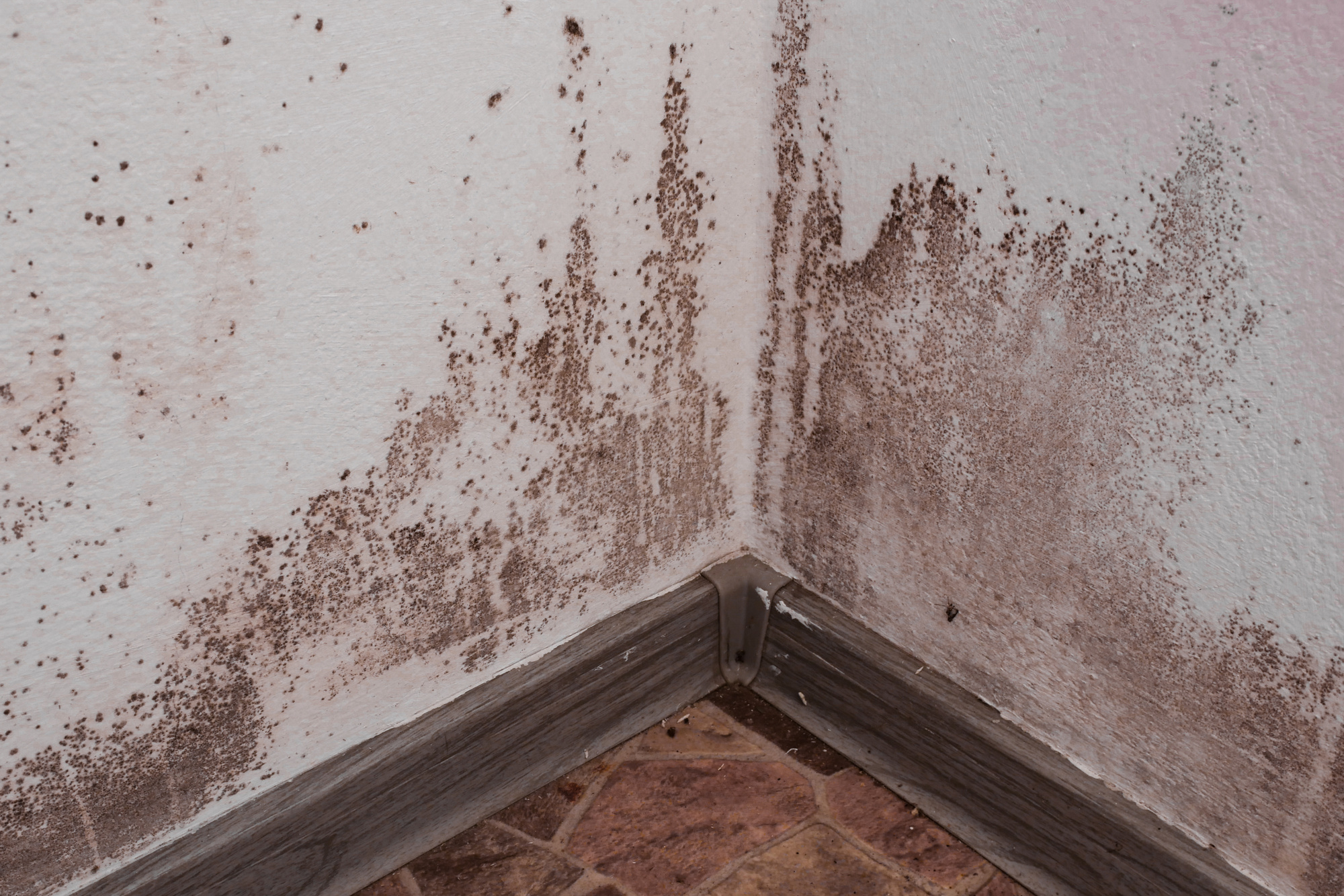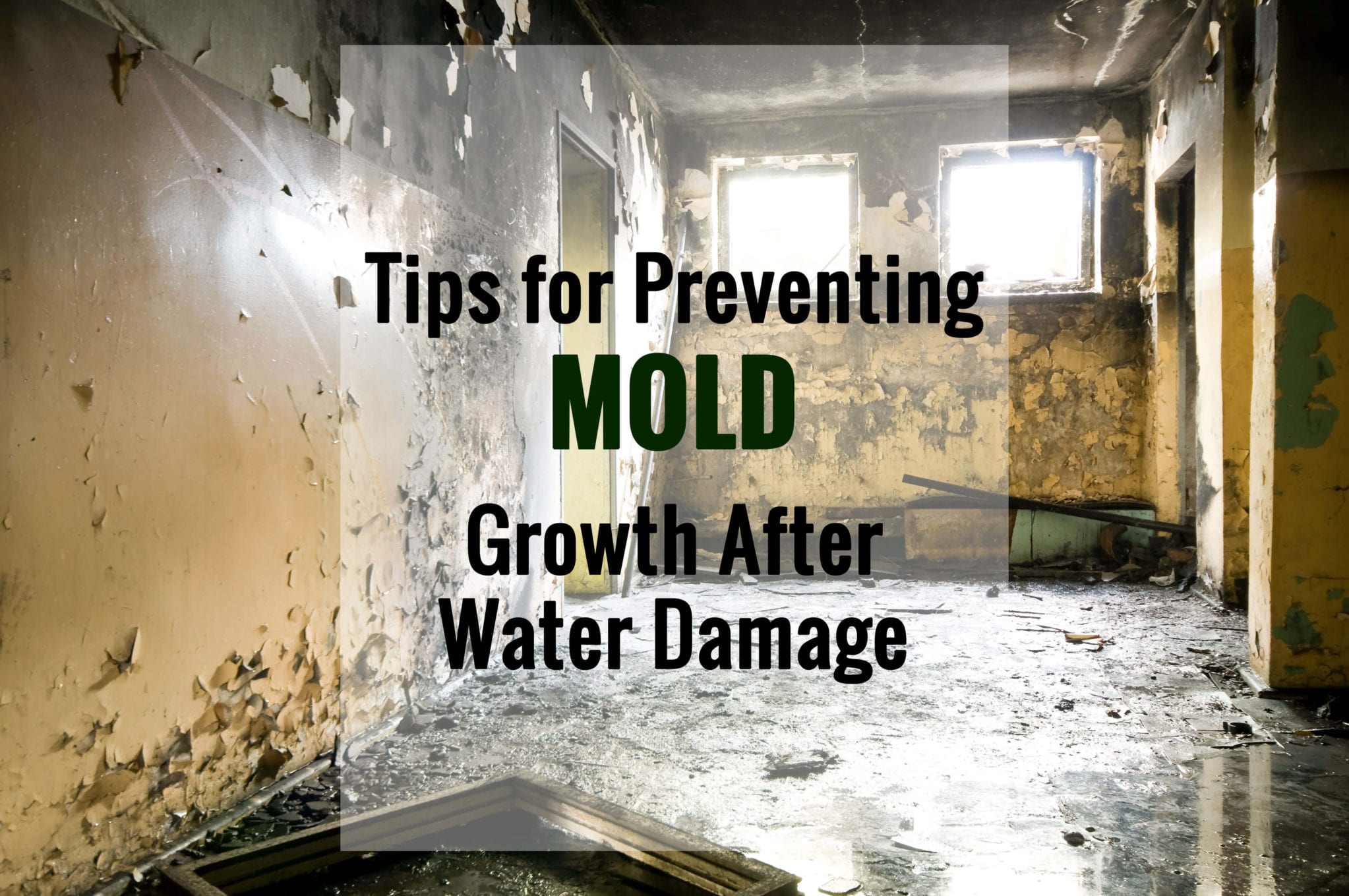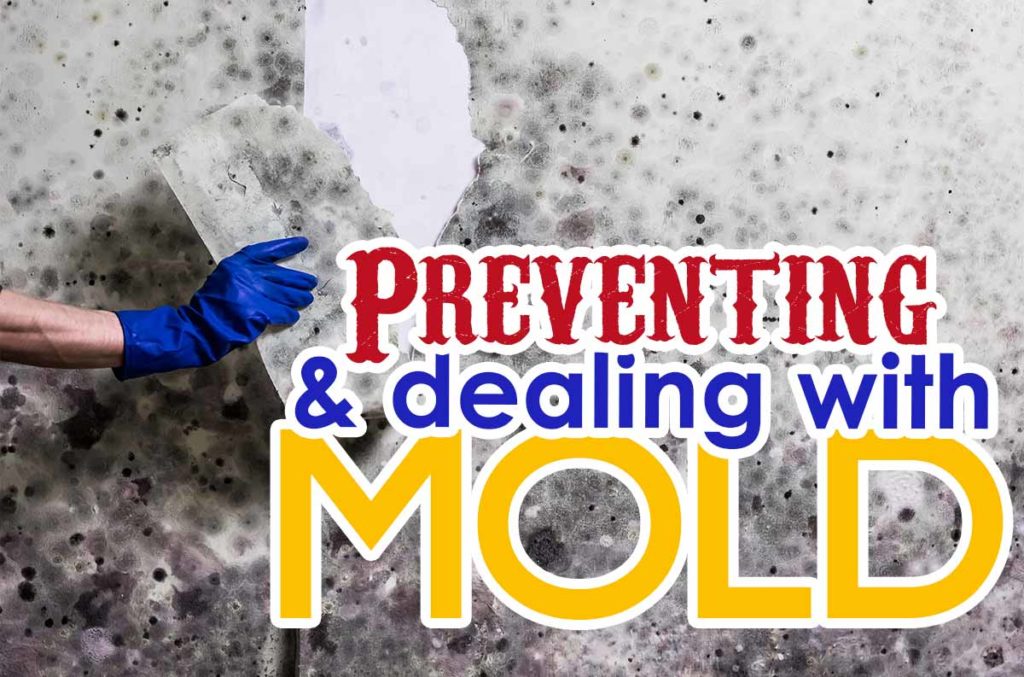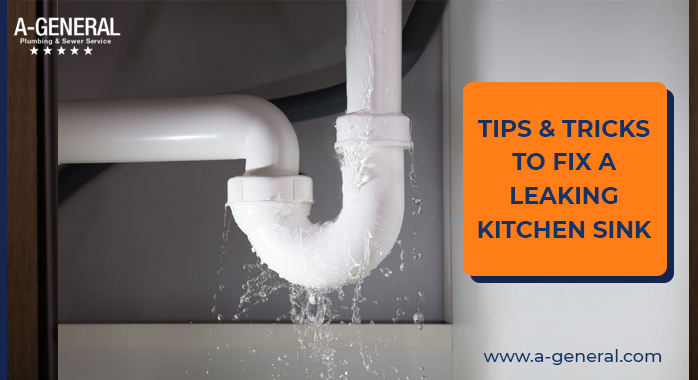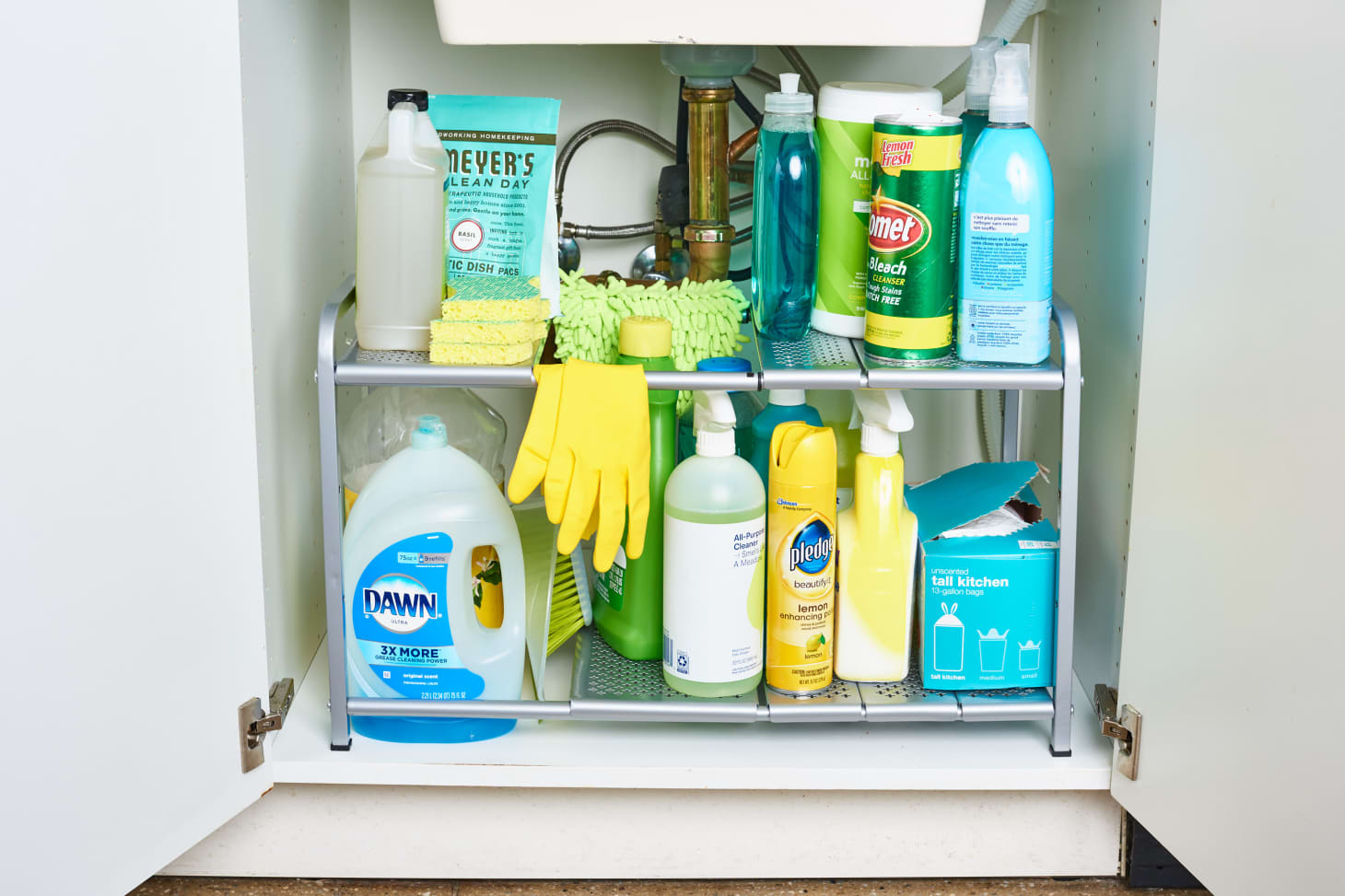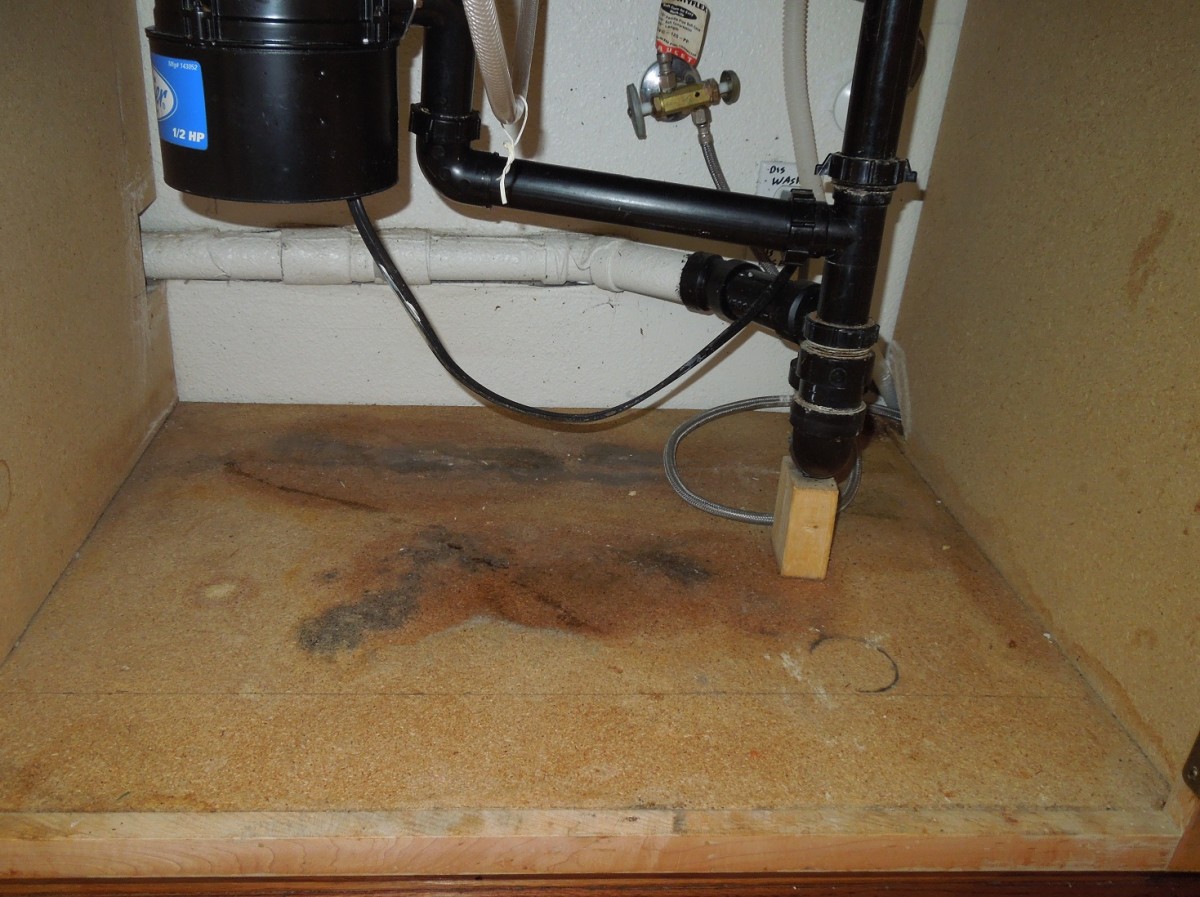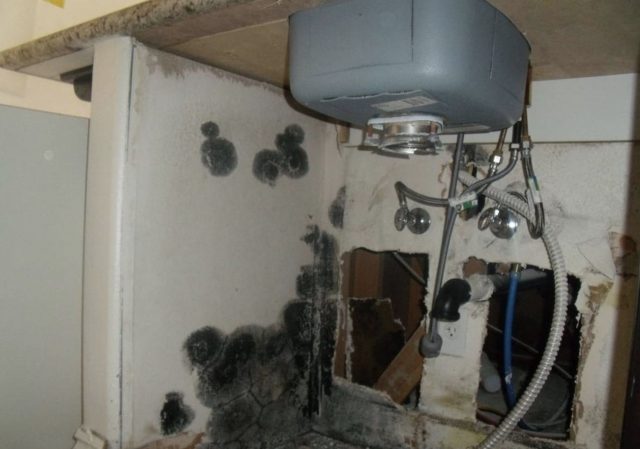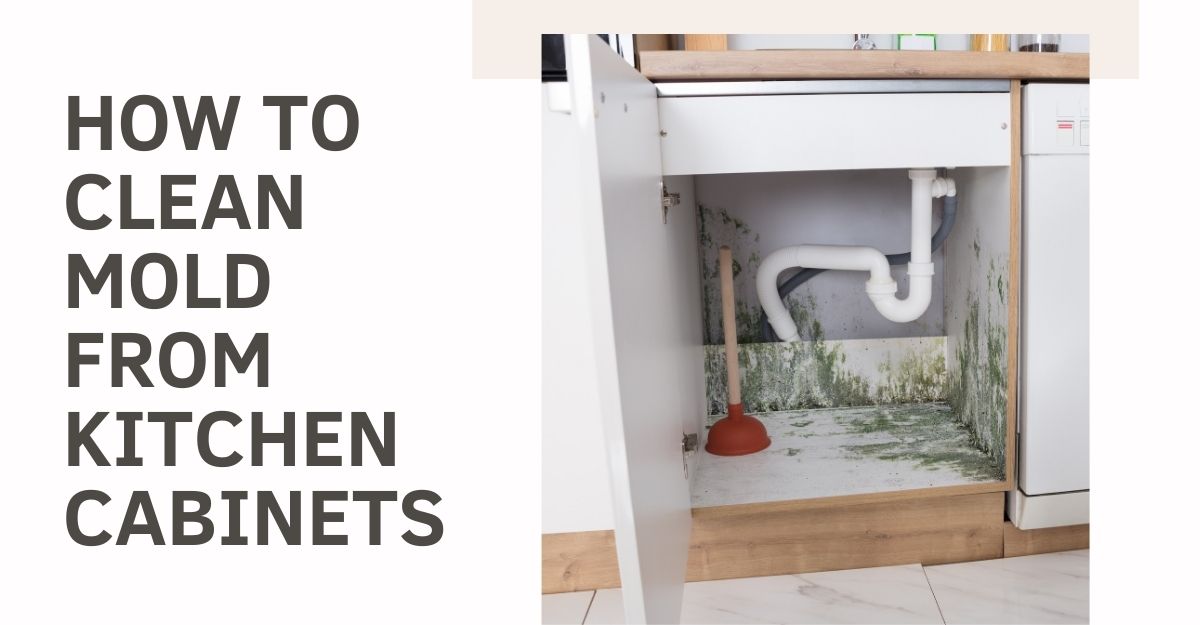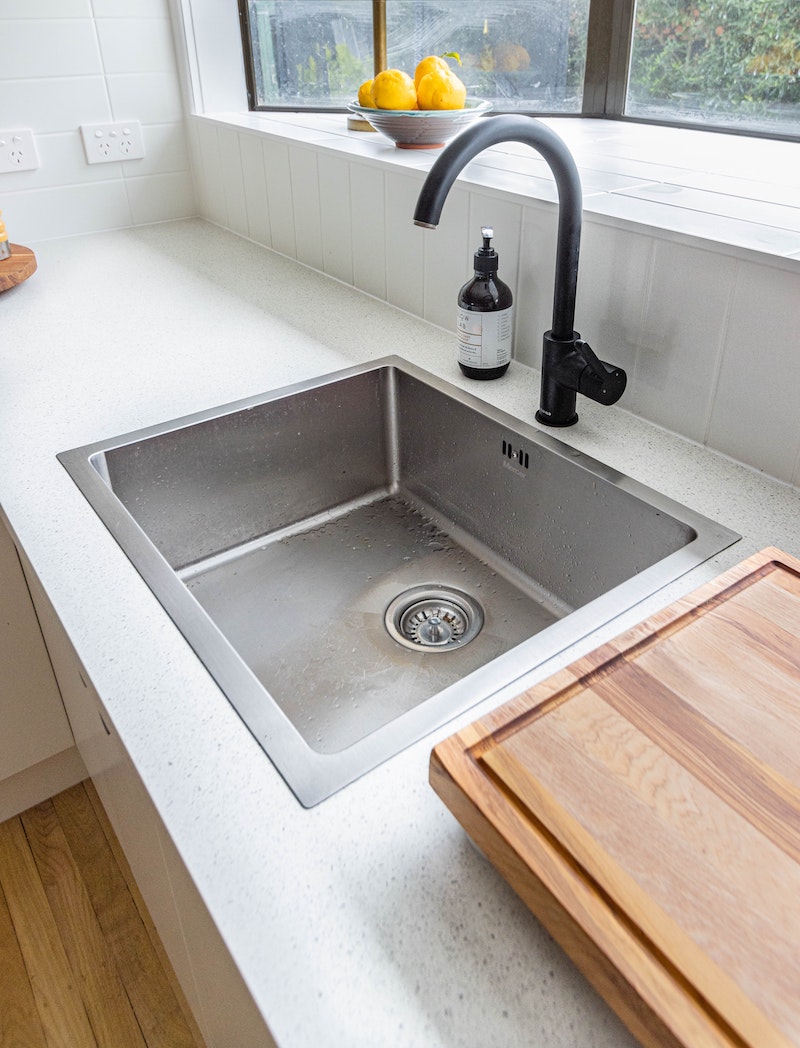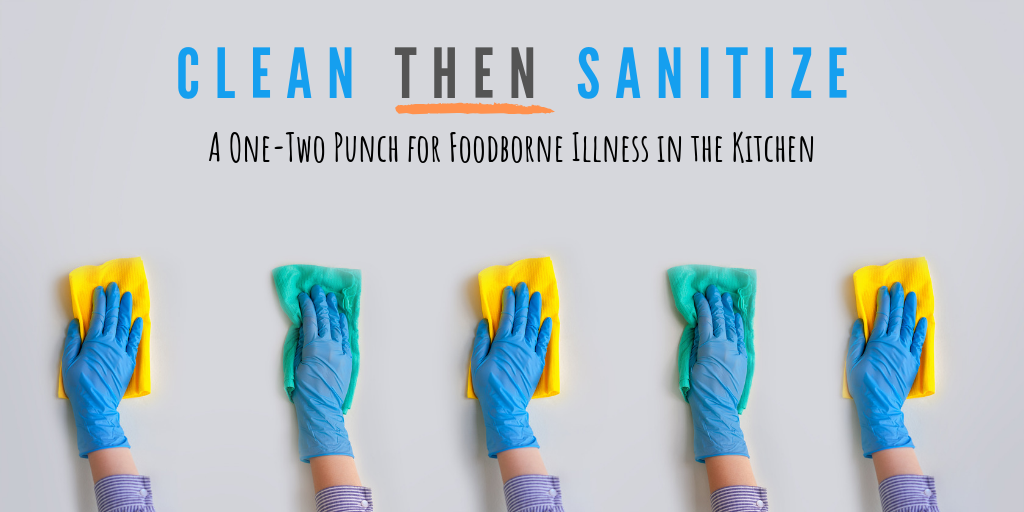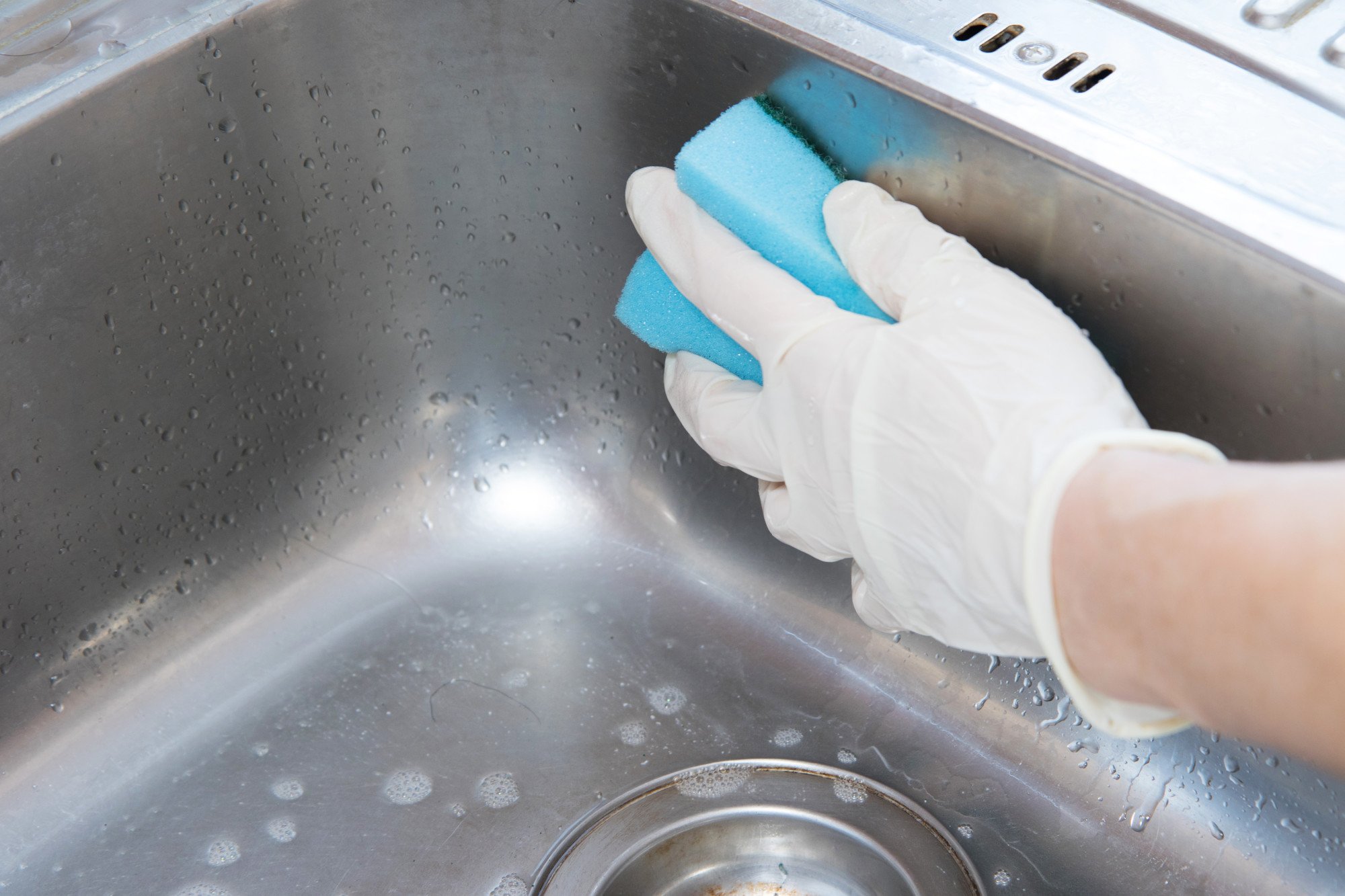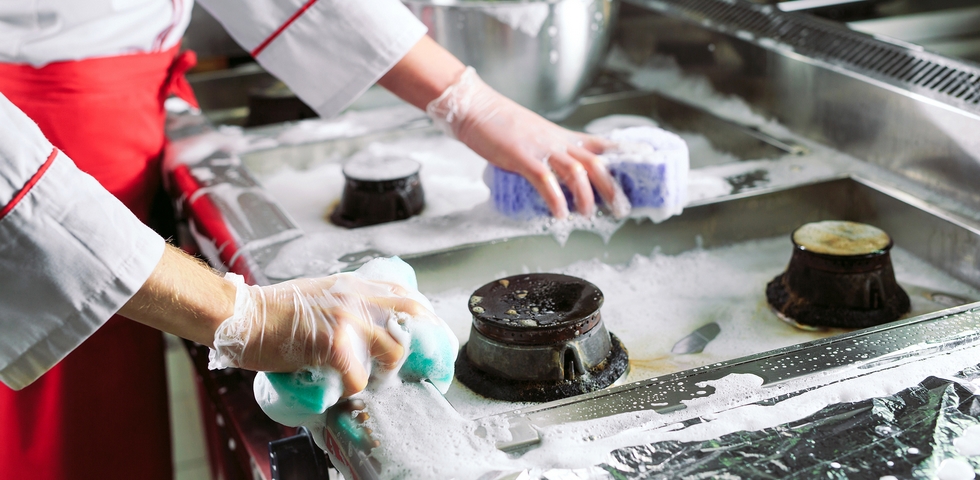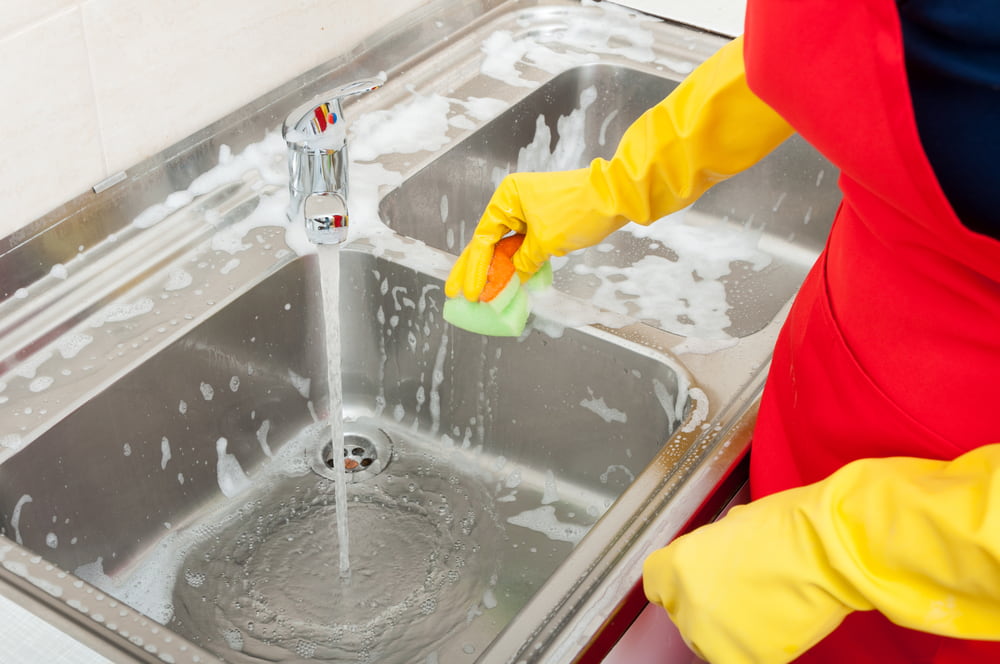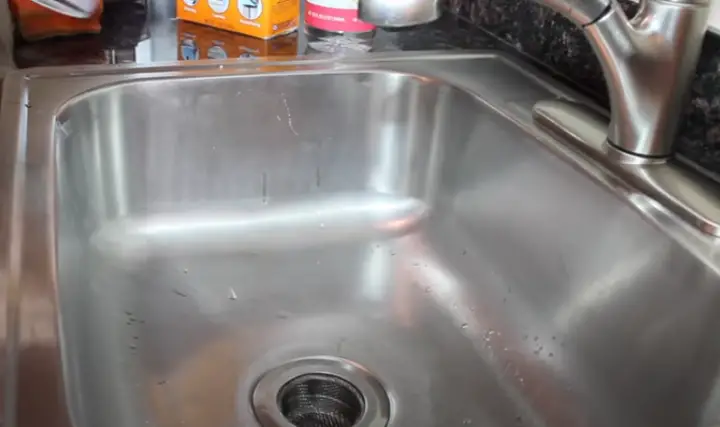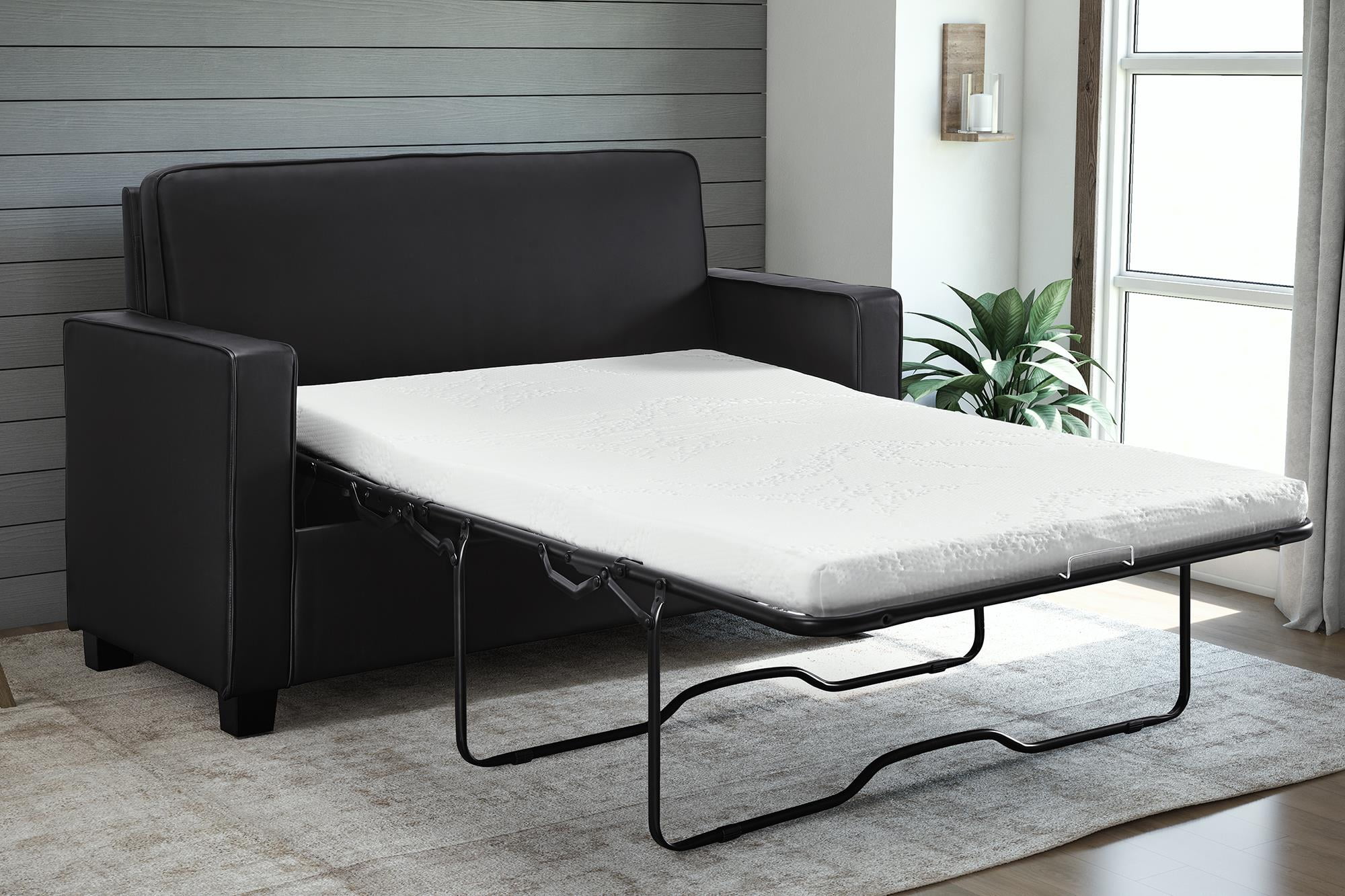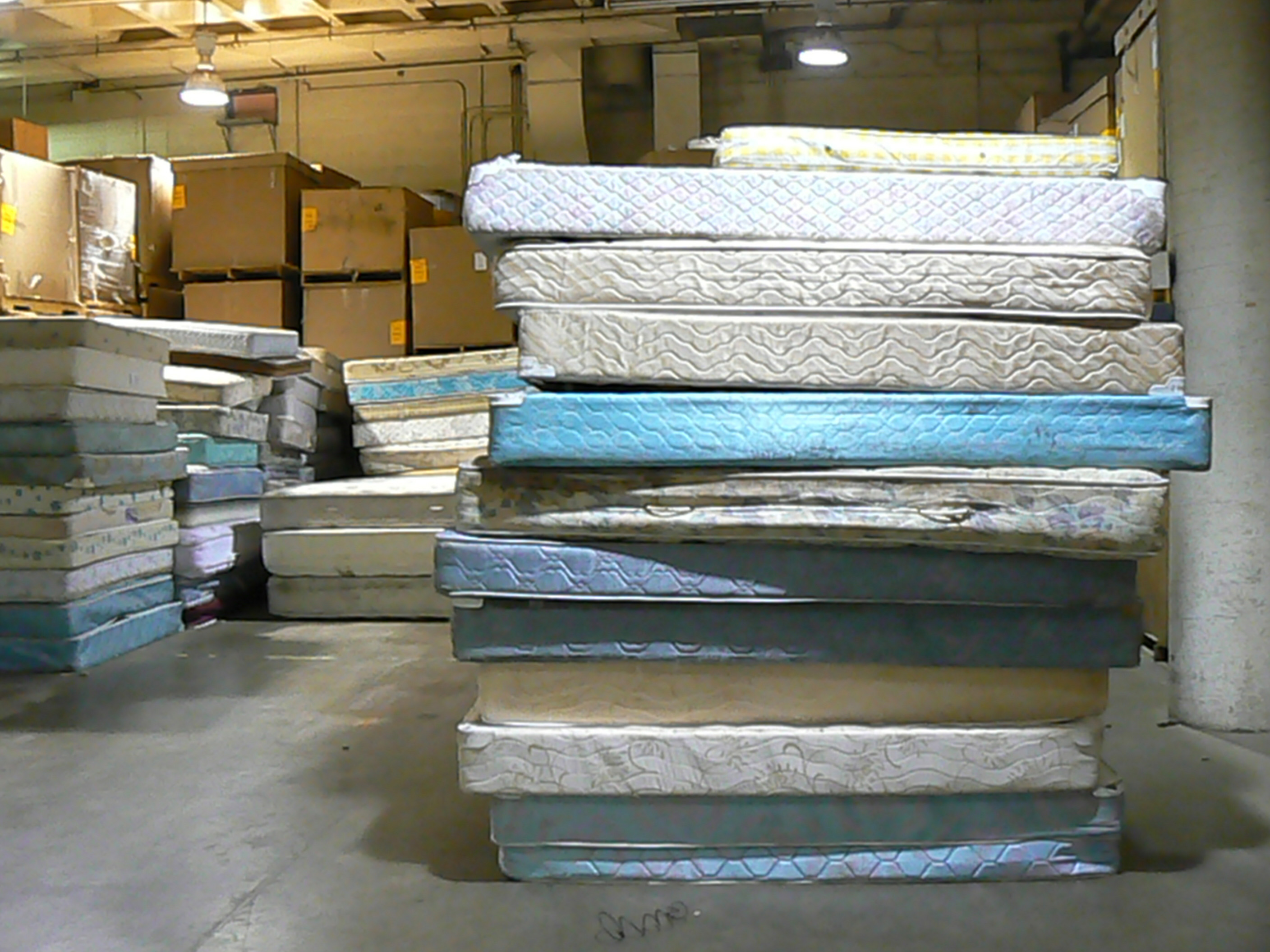How to Identify and Fix a Leak Under Your Kitchen Sink
A leak under your kitchen sink may seem like a minor inconvenience, but it can quickly turn into a major problem if left untreated. Not only can it waste water and increase your water bill, but it can also lead to mold growth and damage to your cabinets and flooring. So, it's important to identify and fix any leaks under your kitchen sink as soon as possible.
Identifying the Source of the Leak: The first step in fixing a leak under your kitchen sink is identifying where the leak is coming from. Start by checking the pipes and connections under your sink. Look for any visible signs of water, such as dripping or pooling. If you can't find any obvious signs, try running water through the sink and observing where it may be leaking from.
Fixing the Leak: Once you have identified the source of the leak, you can take steps to fix it. For small leaks, you may be able to tighten the connections or replace a worn-out washer. However, if the leak is more severe, it may require the help of a professional plumber. It's important to address the issue promptly to prevent any further damage.
How to Remove Mold From Under Your Kitchen Sink
A leak under your kitchen sink can create the perfect environment for mold growth. Mold thrives in damp and dark areas, making the space under your sink a prime location. If you've discovered mold under your kitchen sink, it's important to remove it as soon as possible to prevent it from spreading and causing potential health issues.
Gather Supplies: Before tackling the mold, gather the necessary supplies. This may include gloves, a mask, a scrub brush, a sponge, and a mold-removing cleaner. It's important to protect yourself and prevent the mold spores from spreading.
Clean and Disinfect: Using the cleaner and scrub brush, thoroughly clean the affected area. Make sure to scrub away any visible mold and wipe down the area with a sponge. Once clean, use a disinfectant cleaner to kill any remaining mold spores. Allow the area to dry completely before replacing any items under your sink.
Common Causes of Leaks Under Kitchen Sinks
There are several reasons why a leak may occur under your kitchen sink. Some of the most common causes include:
Worn out or damaged pipes and connections: Over time, pipes and connections can become worn out or damaged, leading to leaks.
Clogs: A buildup of food particles, grease, and other debris can cause clogs in your pipes, leading to leaks.
Loose connections: If the connections under your sink are not properly tightened, it can cause leaks.
High water pressure: Excessively high water pressure can put stress on your pipes, causing them to leak.
Old and deteriorating plumbing: If your plumbing is old and deteriorating, it may be prone to leaks.
Signs of Mold Growth Under Your Kitchen Sink
Mold can often go unnoticed, especially when it's growing in hidden areas like under your kitchen sink. However, there are some signs that can indicate the presence of mold:
Musty odor: If you notice a musty or earthy smell coming from under your sink, it could be a sign of mold growth.
Discoloration: Mold can appear in various colors, but most commonly it will be black, green, or white.
Visible growth: If you see any visible mold growth under your sink, it's important to address it immediately.
Water damage: If there has been a leak under your sink, there may be visible water damage on the walls, cabinets, or flooring.
Steps to Take When You Discover a Leak Under Your Kitchen Sink
Discovering a leak under your kitchen sink can be stressful, but it's important to take immediate action to prevent any further damage. Here are the steps you should take when you discover a leak:
Assess the damage: Start by assessing the extent of the leak and any damage it may have caused.
Turn off the water: To prevent any further leaking, turn off the water supply to your sink.
Identify the source: As mentioned earlier, try to identify where the leak is coming from to determine the best course of action.
Fix the leak: If you are comfortable doing so and the leak is minor, you can attempt to fix it yourself. Otherwise, call a professional plumber for assistance.
Clean and disinfect: Once the leak is fixed, make sure to thoroughly clean and disinfect the area to prevent mold growth.
Monitor for further leaks: Keep an eye on the area to ensure the leak is fully resolved and there are no further issues.
Preventing Mold Growth Under Your Kitchen Sink
The best way to prevent mold growth under your kitchen sink is to prevent leaks from occurring in the first place. Here are some tips to keep in mind:
Regularly check for leaks: Make it a habit to check under your sink for any signs of leaks. This can help catch any issues early on before they become major problems.
Fix leaks promptly: If you do discover a leak, don't wait to fix it. The longer it goes untreated, the more likely mold will grow.
Keep the area clean and dry: Wipe down the area under your sink regularly to prevent any moisture buildup, which can lead to mold growth.
Properly ventilate: Make sure your kitchen is properly ventilated to prevent excess moisture from accumulating.
DIY Solutions for Fixing a Leak Under Your Kitchen Sink
If you're dealing with a minor leak under your kitchen sink, you may be able to fix it yourself. Here are some DIY solutions to try:
Tighten connections: If the leak is coming from a loose connection, you can try tightening it with a wrench.
Replace washers: Over time, washers can become worn out and cause leaks. Replacing them is a simple fix.
Use plumber's tape: If the leak is coming from a pipe joint, you can try wrapping it with plumber's tape to create a tighter seal.
Unclog the drain: If the leak is caused by a clog, try using a plunger or a drain snake to clear it.
Professional Services for Repairing Leaks and Removing Mold Under Kitchen Sinks
If you're dealing with a major leak or significant mold growth under your kitchen sink, it's best to call in the professionals. A licensed plumber can repair the leak and ensure it won't happen again. Additionally, a mold removal specialist can safely and effectively remove any mold and prevent it from spreading to other areas of your home.
How to Properly Clean and Disinfect Under Your Kitchen Sink After a Leak
After fixing a leak and removing any mold, it's important to properly clean and disinfect the area to prevent any further issues. Here's how:
Remove all items: Take everything out from under the sink and wipe down the area with a cloth or sponge.
Use a mold-removing cleaner: Use a cleaner specifically designed to remove mold and mildew. Follow the instructions on the label and make sure to thoroughly scrub the area.
Disinfect the area: After cleaning, use a disinfectant cleaner to kill any remaining mold spores.
Let the area dry: Allow the area to air dry completely before replacing any items under your sink.
Tips for Maintaining a Leak-Free and Mold-Free Kitchen Sink
To keep your kitchen sink in top shape and prevent any future leaks or mold growth, here are some tips to follow:
Regularly check for leaks: As mentioned earlier, make it a habit to check under your sink for any signs of leaks.
Keep the area clean and dry: Wipe down the area regularly to prevent any moisture buildup.
Fix any leaks promptly: Don't wait to fix a leak. The longer it goes untreated, the more likely it will lead to mold growth.
Monitor for changes: Keep an eye out for any changes in your sink, such as changes in water pressure or strange smells, which could indicate a potential leak.
Address any issues immediately: If you notice any potential issues, such as a clogged drain or loose connections, address them right away to prevent them from turning into bigger problems.
How to Address a Leak Under Your Kitchen Sink and Prevent Mold Growth
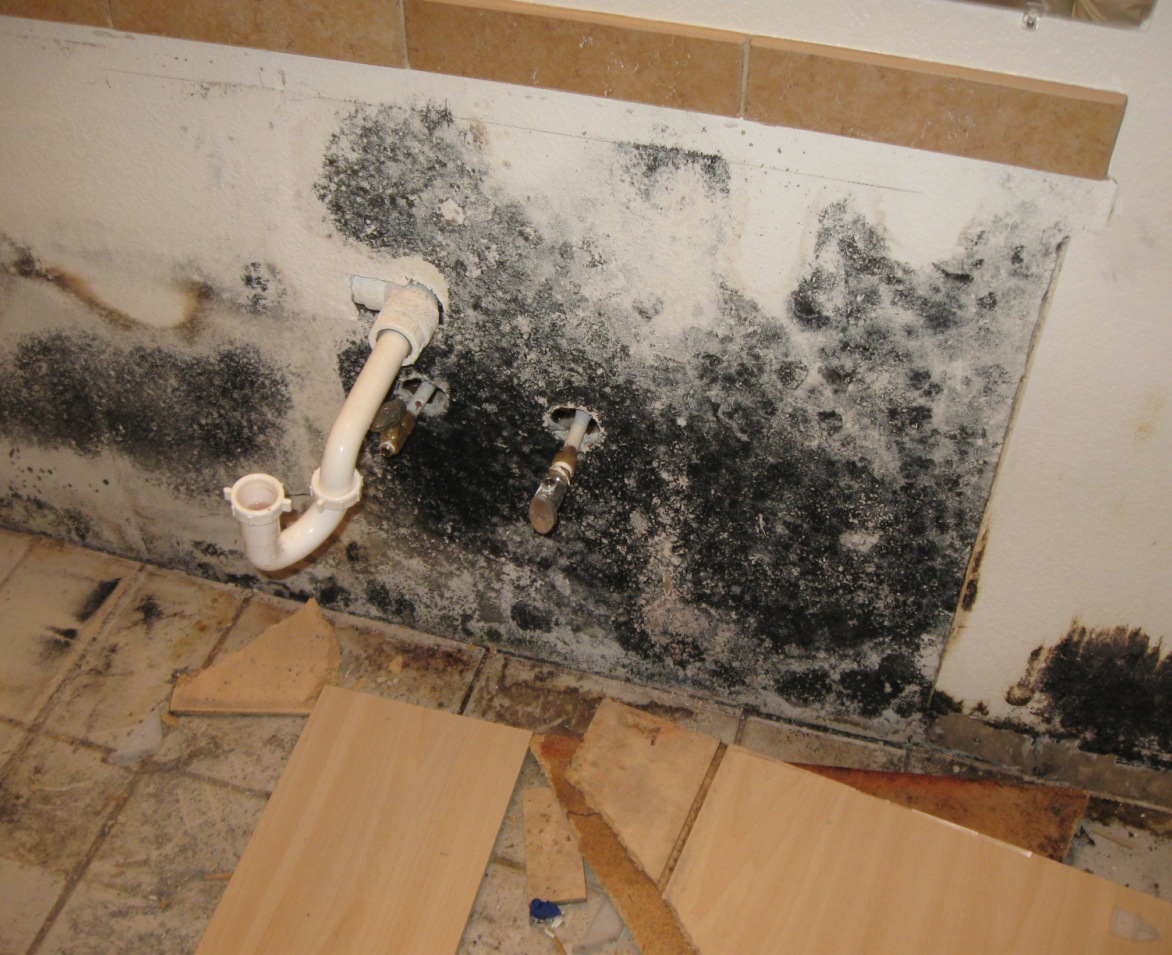
The Importance of a Functional Kitchen Sink
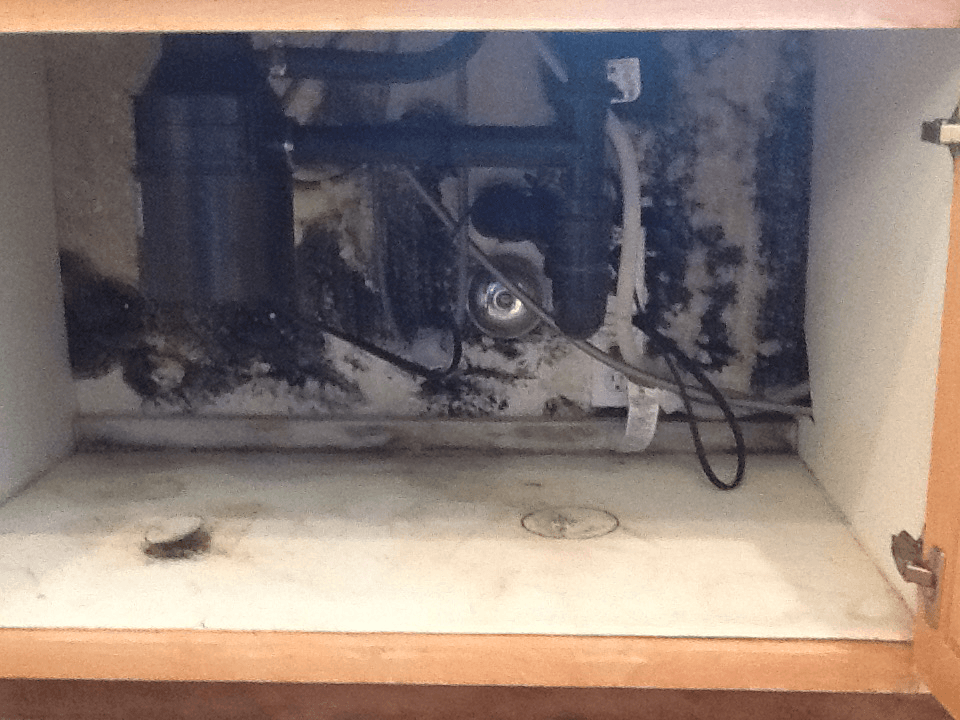 The kitchen sink is an essential part of any household, serving as a hub for daily activities such as washing dishes, preparing food, and cleaning up. However, a leak under the kitchen sink can quickly turn this functional space into a nightmare. Not only can it cause damage to your cabinets and flooring, but it can also lead to the growth of
mold
, posing a serious health hazard for you and your family. In this article, we will discuss how to identify a leak under your kitchen sink, address it, and prevent mold growth to maintain a safe and healthy living environment.
The kitchen sink is an essential part of any household, serving as a hub for daily activities such as washing dishes, preparing food, and cleaning up. However, a leak under the kitchen sink can quickly turn this functional space into a nightmare. Not only can it cause damage to your cabinets and flooring, but it can also lead to the growth of
mold
, posing a serious health hazard for you and your family. In this article, we will discuss how to identify a leak under your kitchen sink, address it, and prevent mold growth to maintain a safe and healthy living environment.
Identifying a Leak Under Your Kitchen Sink
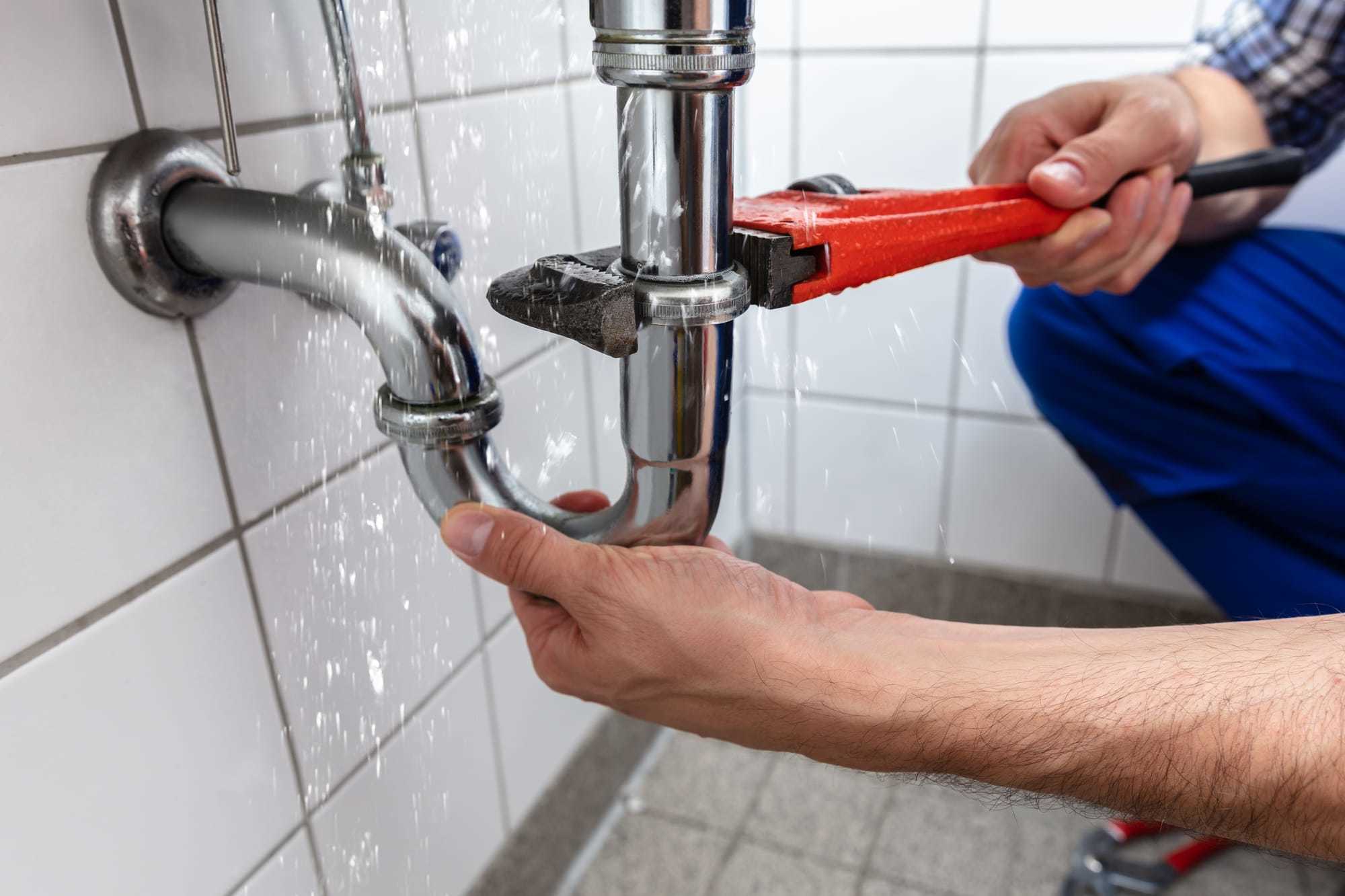 A
leak under your kitchen sink
can be caused by various factors, such as a loose connection, a damaged or corroded pipe, or a faulty seal. The first sign of a leak is often a musty smell, indicating the presence of
mold
. You may also notice water pooling under your sink, mildew on the walls or cabinets, or a decrease in water pressure. These signs should not be ignored as they can lead to more significant issues if left untreated.
A
leak under your kitchen sink
can be caused by various factors, such as a loose connection, a damaged or corroded pipe, or a faulty seal. The first sign of a leak is often a musty smell, indicating the presence of
mold
. You may also notice water pooling under your sink, mildew on the walls or cabinets, or a decrease in water pressure. These signs should not be ignored as they can lead to more significant issues if left untreated.
Addressing the Leak
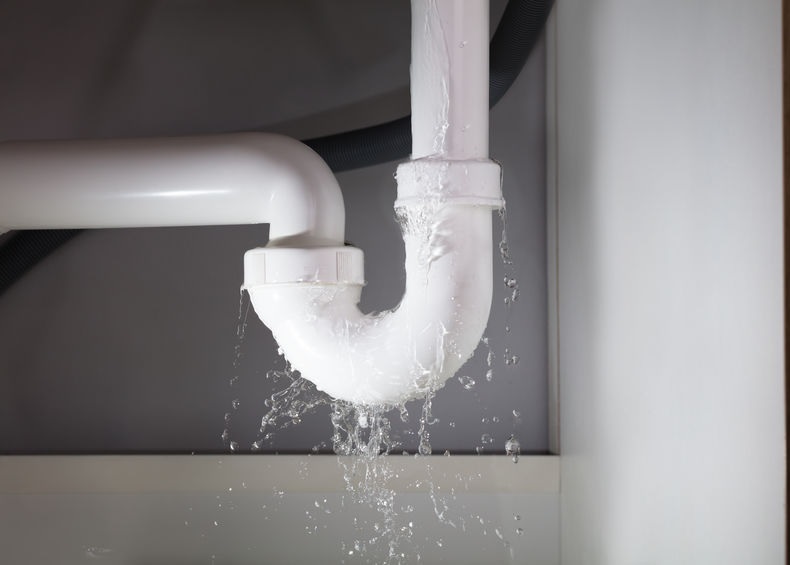 The first step in addressing a leak under your kitchen sink is to turn off the water supply. This will prevent further damage and allow you to work safely. Next, identify the source of the leak. If it is a loose connection, simply tightening it may solve the problem. If the pipe is damaged, you may need to replace it. If the seal is faulty, it will need to be replaced with a new one. It is recommended to seek professional help for any repairs involving pipes and seals to ensure they are done correctly.
The first step in addressing a leak under your kitchen sink is to turn off the water supply. This will prevent further damage and allow you to work safely. Next, identify the source of the leak. If it is a loose connection, simply tightening it may solve the problem. If the pipe is damaged, you may need to replace it. If the seal is faulty, it will need to be replaced with a new one. It is recommended to seek professional help for any repairs involving pipes and seals to ensure they are done correctly.
Preventing Mold Growth
 Once the leak has been addressed, it is crucial to take steps to prevent mold growth. Mold thrives in damp and humid environments, making the area under your kitchen sink an ideal breeding ground. To prevent mold growth, make sure to thoroughly dry the area after fixing the leak. You can also use a dehumidifier to reduce moisture levels. Additionally, regularly inspect the area for any signs of mold and promptly address any issues that arise.
Once the leak has been addressed, it is crucial to take steps to prevent mold growth. Mold thrives in damp and humid environments, making the area under your kitchen sink an ideal breeding ground. To prevent mold growth, make sure to thoroughly dry the area after fixing the leak. You can also use a dehumidifier to reduce moisture levels. Additionally, regularly inspect the area for any signs of mold and promptly address any issues that arise.





